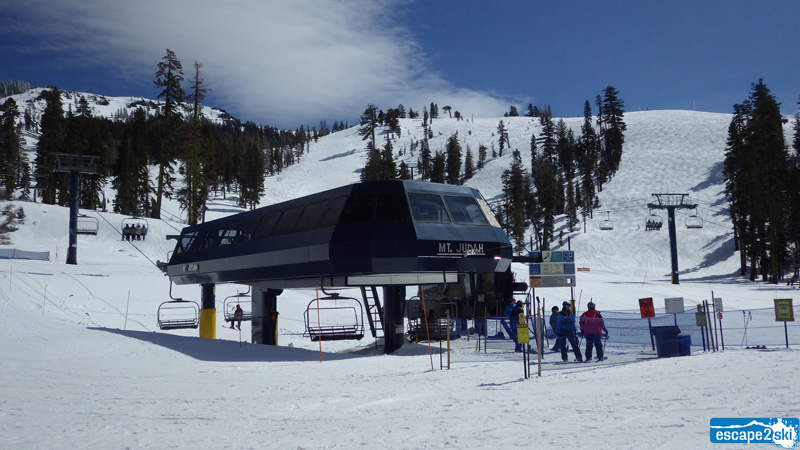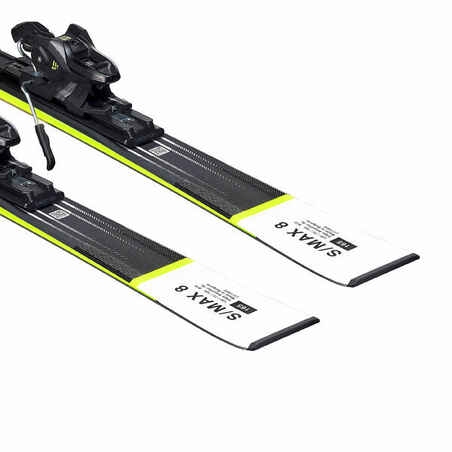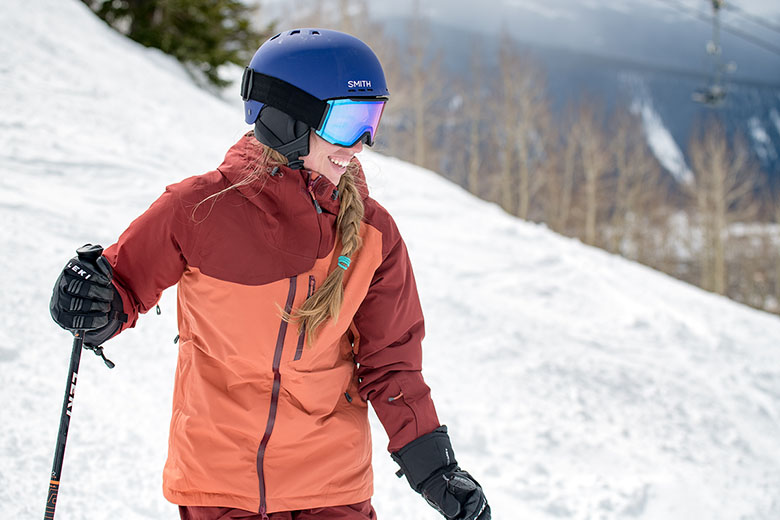
Cross-country ski tracks consist of parallel lines made on a snow surface using specialized grooming machinery. These grooming machines move, push, flatten and smooth the snow for skiing and skate skiing.
Grooming cross-country ski trails is a skill that requires expertise in snow movement, tracks and terrain. The groomers not only create ski tracks but also shape and reduce friction between the snow and the ski.
Find out more about cross-country skiing
The first step in learning to cross country ski is to buy the right gear. Eastern Mountain Sports can help choose the best package for your needs. This includes the right boots, bindings and poles.
Pick the best pair of skis you can afford
It is important that you choose the right size skis for you. If you are standing straight up (bending at your knees or ankles with your hands out front), your ski should fit comfortably between your legs and your arms.

The skis are light and can be used to move quickly on the snow. This is an excellent option for anyone who loves the outdoors and takes advantage of winter's natural beauty.
Use the shuffle.
For this basic technique of kick-and glide skiing, lower your poles into the snow and place them directly under your armpits. This activates your core muscles, and helps you maintain your balance on the ski.
You can continue this motion until your skis glide smoothly and smoothly. When you feel comfortable with the basic shuffle and glide, add a poling motion, which moves your ski pole tips straight down into the snow.
Adding a poling motion is a great way to improve your technique and strengthen your muscles as you ski. This is an excellent technique that beginners can learn, and it can improve your overall skiing performance.
The correct technique is for your skill level
There are three basic techniques for cross country skiing: touring, classic and skating. Each technique requires a different set skis to help you master the technique on each surface.

Classic skis are more stable on a flat surface while touring skis allow you to glide better over steeper terrain. Skating skis will help you speed up over a softer surface, while classic skis are more for beginners and beginner-intermediate levels of skiing.
Start out with a flat trail that is easy to negotiate, then work up to more challenging ski trails as you become more skilled and comfortable. Be aware that motorized vehicles and groomers are always in your path when you're skiing cross-country.
FAQ
What should you pack for a vacation?
You must know what you want from your holiday. This is not about packing clothes. Consider where you're going and how much time you'll be staying there.
Think about the activities that you are interested in. If you plan to visit exotic locations, you might consider scuba diving. If you are planning to stay somewhere longer, then you might want to take part in local festivals or events.
To ensure that your health is taken care of, it is essential to inform those who will be taking care of you about any issues.
How do you prepare your body for vacation?
You need to eat and exercise regularly to maintain a healthy lifestyle while on vacation.
Before you leave for work, it is important to be well-hydrated and rested.
Be sure to have all your travel documents and medications on hand.
Make sure you have enough medication to last you until your return.
Also, remember to bring extra clothes in case of illness or injury.
How can I travel light and how do I get there?
There are many options when it comes to packing for a trip. These are some suggestions to help you pick the right items to take on your trip.
-
Only bring what you need.
-
You should only pack what you actually wear.
-
Do not overpackage yourself with items.
-
Check your suitcase for space.
-
Always make sure you have everything you need.
-
You can take advantage of our free storage facilities
-
Instead of purchasing bottled water, use reusable water bottles.
-
Carry a backpack instead of using a suitcase.
-
When possible, walk or cycle instead of taking public transport.
-
Select the right bag size
-
Be careful not to carry large items.
-
You should be prepared for every eventuality
-
Nothing should be left behind
Statistics
- No Checked Bags: No Alcoholic beverages with more than 70% alcohol (over 140 proof), including grain alcohol and 151 proof rum. (tsa.gov)
- Pack sweaters, jackets, and underwear in reusable compression bags creating up to 75% more space in your luggage. (wikihow.com)
- Alcoholic beverages with 24% alcohol or less are not subject to limitations in checked bags. (tsa.gov)
- Between the ages of 11 and 13, kids, or tweens, will likely want some autonomy but also need boundaries. (travelandleisure.com)
- Case in point: the private island of Ilha Caldeira, less than seven miles off the coast as part of the Primeiras and Segundas Archipelago, is located within the marine-protected area with 20 percent of the country's intact living coral. (travelandleisure.com)
External Links
How To
How to plan your next vacation
Planning a trip includes many things such as booking flights, hotels and car rentals. It also includes important considerations such as budget, schedule, destination, weather forecast, etc.
These are important points to remember when planning your next vacation.
We have prepared a step-by, step guide to help with your next vacation planning. This guide has been prepared based on our experience and customer feedback. We hope you find this guide helpful and easy to follow when planning your next vacation.
Steps:
-
Your Budget Plan - It is important to plan your budget before you start planning your trip. You must know how much money you want to spend on your trip before you start thinking about where to go and what to do. If you don’t have sufficient money, you may have to cancel your travel plans.
-
Book Flights - The first thing you should do after deciding on your budget is book your tickets. Make sure you choose the best flight deal available at the lowest price. In addition, make sure you check whether there are any special offers for certain seasons. These deals may save you money.
-
Choose Your Destination - Once you've booked your ticket, the next thing you'll need to decide is where you'd like to travel. Multiple factors play into the decision of where to go, climate (when you can visit), culture (how friendly they are) and cost (how expensive it is).
-
Locate Accommodations – After you've chosen your destination, you need to locate accommodations. There are many options for accommodation, from budget hostels to luxurious suites. Your needs and preferences will determine the type of accommodation that you choose. If you're looking for an area close to downtown, a hotel may not be the right choice. If you prefer quiet, peaceful places, a homestay may be the best option.
-
Select Activities & Attractions: Now that you have selected your accommodation, it is time to decide which activities and attractions to include in the itinerary. Depending on the length of your stay, you can either choose only a few activities or add several new ones throughout your trip.
-
Select Activities and Attractions - Now it's time for you to plan your itinerary. You should follow a set schedule to get the most out of your trip. It's okay to be flexible and enjoy your vacation more.
-
Make an itinerary - This is where you include all details about your trip. From flights to accommodation, activities to restaurants, you should write them down and create a list of things to remember.
-
Research Online - Do your research online before you travel. Find out what other travelers have to say about different destinations by reading reviews and testimonials. You will be able plan accordingly.
-
Pack Lightly - One of the biggest mistakes people make when packing is bringing too many clothes. Avoid bringing more than three sets of clothes. Make sure you bring clothes that are appropriate for the area.
-
Be Prepared - Finally, be prepared! Get everything organized before you head out on your trip. You don't want to waste time searching for important documents while you're still in transit.